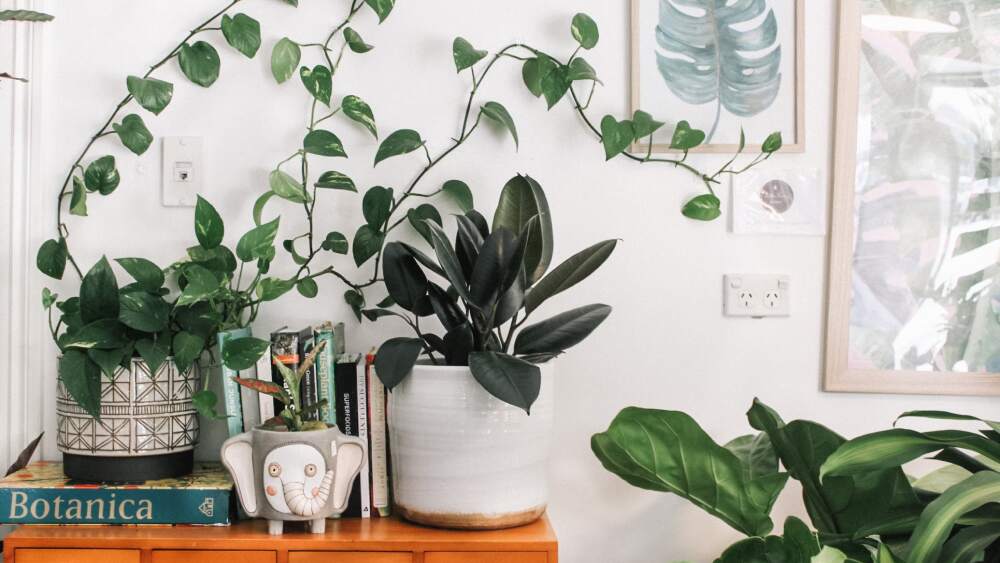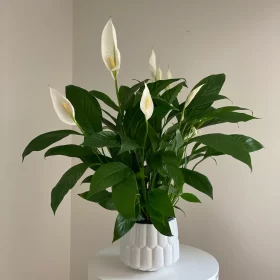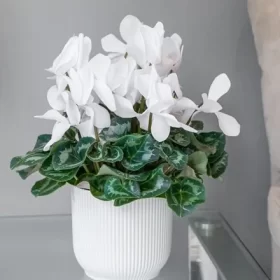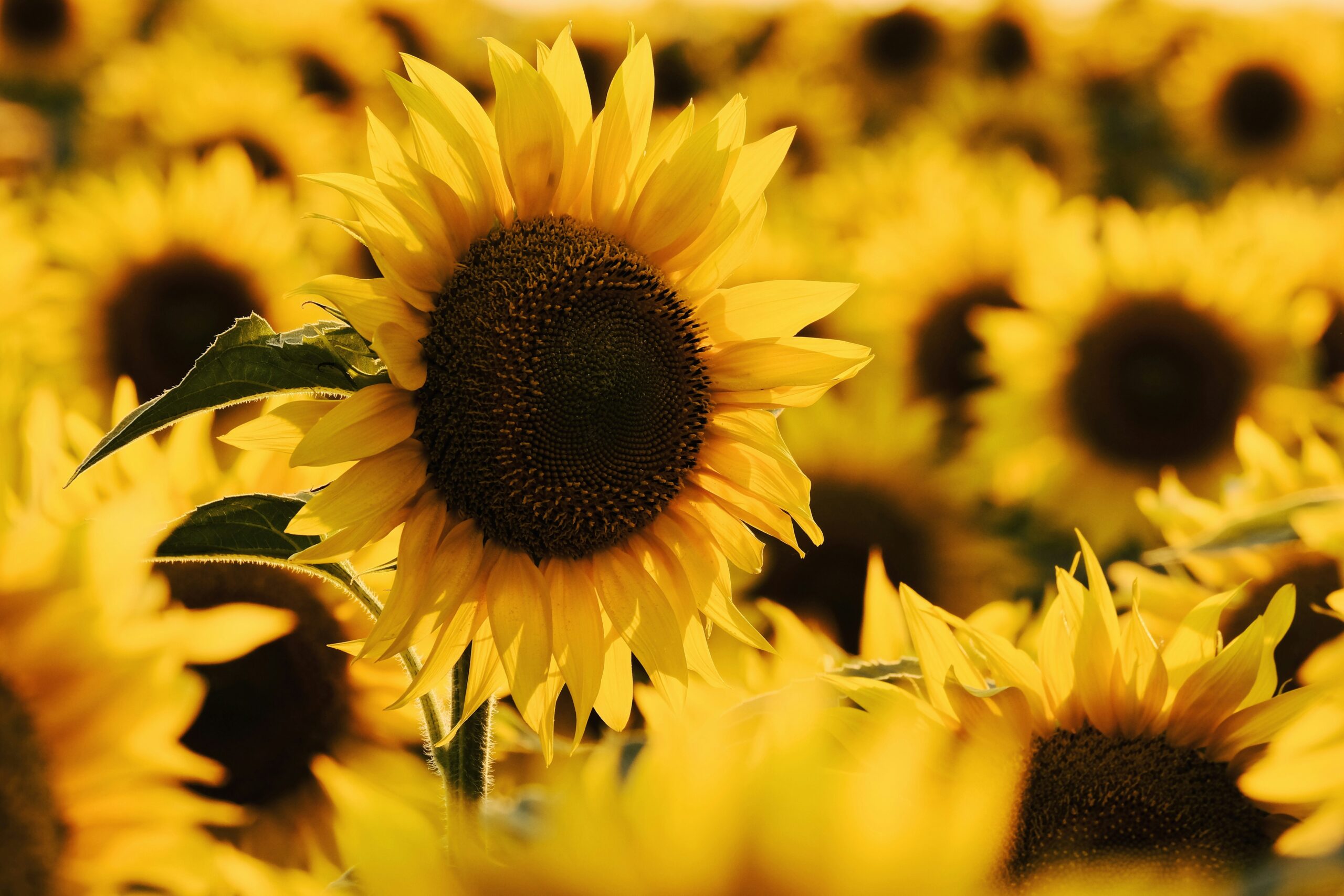
House plants have become increasingly popular in recent years, as more and more people discover the benefits of bringing a little bit of nature indoors. However, along with this newfound popularity comes a number of myths and misconceptions about how to care for these plants. In this article, we’ll explore ten common myths about house plants and set the record straight.
Myth 1: Plants are easy to grow
While it’s true that some plants are easier to care for than others, the idea that all plants are easy to grow is a common misconception. Different plants have different requirements when it comes to light, water, and temperature, and it’s important to choose plants that are well-suited to your particular environment and level of experience. Some plants, such as succulents, are more forgiving and can tolerate a wider range of conditions, while others, such as orchids, require more specific care.
Myth 2: You should water your houseplants constantly
Watering your plants too often can actually be harmful, as it can lead to root rot and other issues. The frequency with which you should water your plants depends on a number of factors, such as the type of plant, the size of the pot, and the environment in which it’s growing. As a general rule, it’s best to allow the soil to dry out slightly between waterings, rather than keeping it constantly moist.
Myth 3: Plants grow bigger in bigger pots
While it’s true that plants need room to grow, simply putting them in a bigger pot won’t necessarily lead to bigger growth. In fact, if a plant is put in a pot that’s too large for it, the excess soil can hold onto too much water, leading to root rot and other issues. It’s important to choose a pot that’s the right size for your plant, allowing for some room to grow but not so much that excess water can accumulate.
Myth 4: Water With Distilled Water, Not Tap Water
While some plants may benefit from distilled water, it’s not necessary to use it exclusively. In fact, tap water is often just fine for most house plants, as long as it’s not too hard or contains high levels of chlorine or other chemicals. If you’re not sure whether your tap water is suitable for your plants, you can use a water testing kit to check the pH and mineral content.
Myth 5: Misting plants increases the humidity
While misting your plants can help to increase the humidity around them, it’s not always the most effective method. A better option is to place a tray of water near your plants, which will slowly evaporate and create a more consistent level of humidity. You can also use a humidifier or a pebble tray to achieve similar results.
Myth 6: Indoor plants need fertilizers for growing
While fertilizers can certainly help to boost growth and keep your plants healthy, they’re not always necessary. Some plants, such as succulents, are actually better off without fertilizer, as it can lead to overgrowth and other issues. If you do choose to use fertilizer, it’s important to follow the instructions carefully and avoid over-fertilizing, which can also cause problems.
Myth 7: Indoor plants need a lot of direct sunlight
While many plants do require some direct sunlight, not all of them do. In fact, some plants, such as snake plants and peace lilies, are actually better off in low-light conditions. It’s important to choose plants that are well-suited to the lighting conditions in your home, and to place them in the appropriate location to maximize their exposure to sunlight.
Myth 8: Wilting Leaves Indicate They Need to Be Watered
While wilting leaves can be a sign that a plant needs water, it’s not always the case. In fact, overwatering can also cause leaves to wilt and even turn yellow. Before you reach for the watering can, it’s important to check the soil moisture level and make sure that the plant isn’t suffering from any other issues, such as pests or disease.
Myth 9: Yellow Leaves Indicate a Dying Plant
While yellow leaves can be a sign that something is wrong with your plant, it doesn’t necessarily mean that it’s dying. In some cases, yellowing leaves can be a sign of nutrient deficiencies or other issues that can be easily remedied. Before you assume the worst, it’s important to investigate the root cause of the problem and take steps to correct it.
Myth 10: Sick Plants Need Plant Food
While fertilizers can certainly help to keep your plants healthy, they’re not always the answer when a plant is sick. In fact, over-fertilizing can actually make things worse by causing stress and other issues. If your plant is showing signs of illness, it’s important to investigate the root cause of the problem and take appropriate action, such as adjusting watering, improving lighting conditions, or treating pests or disease.
In conclusion, there are many myths and misconceptions surrounding house plants, and it’s important to separate fact from fiction in order to provide the best care possible for your plants. By understanding the unique needs of your plants and taking steps to provide them with the appropriate care, you can help them thrive and enjoy all the benefits that indoor plants have to offer.
Remember, when it comes to caring for houseplants, there’s no one-size-fits-all solution. Different plants have different needs, and it’s important to choose plants that are well-suited to your environment and level of experience. By doing your research, investing in quality potting soil and fertilizer, and being attentive to the needs of your plants, you can create a thriving indoor garden that will bring beauty and joy to your home for years to come.
Pick one of the plants on our website and made your household cozier. Our plant delivery service is available 24/7. We are glad to see you in our webstore!





